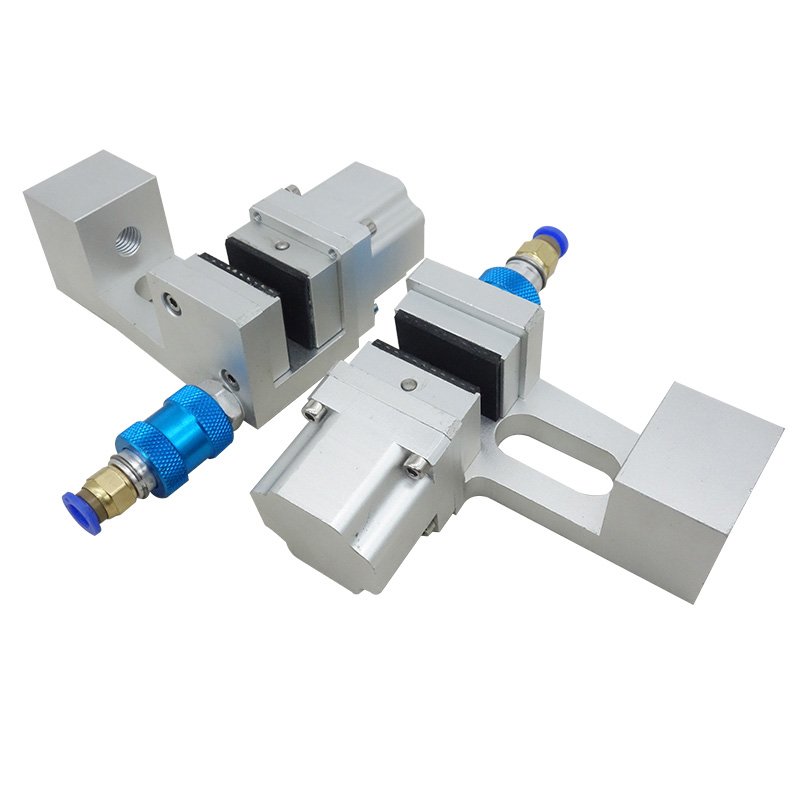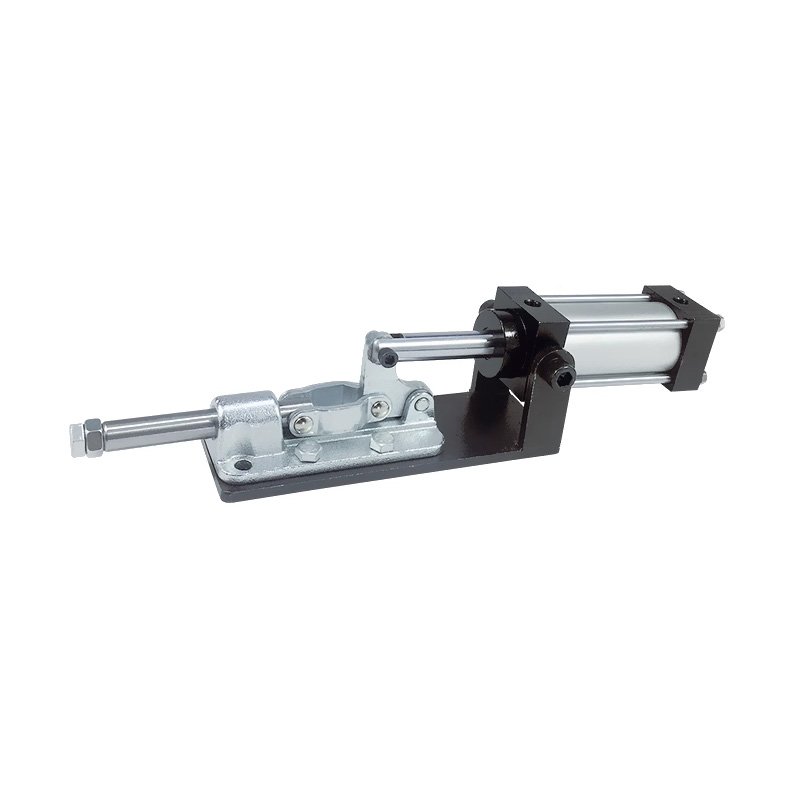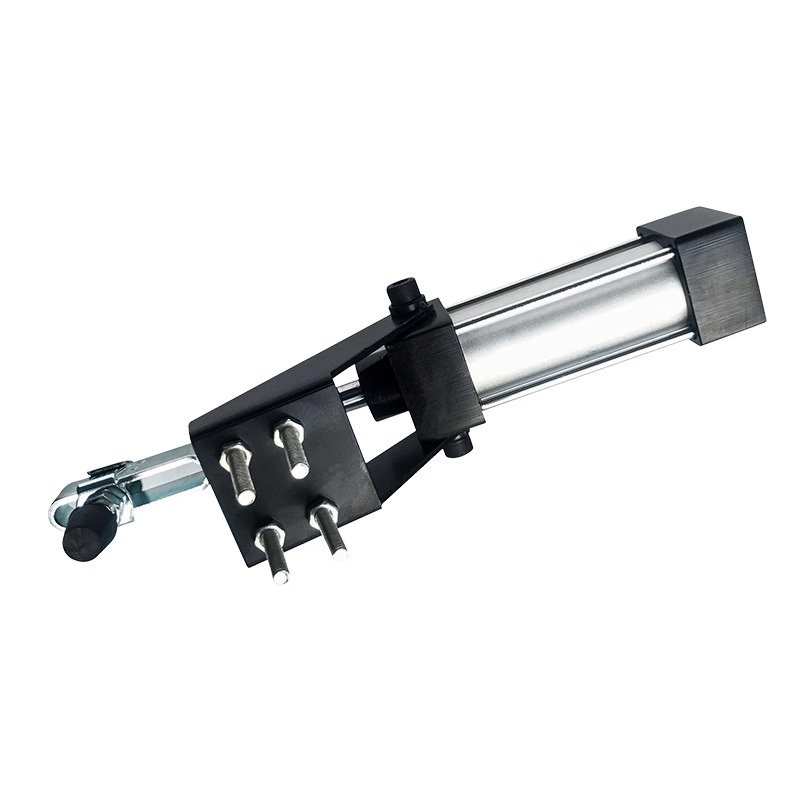Clamps are among the most fundamental yet indispensable tools across various industries, from woodworking and metalworking to construction and manufacturing. Their primary function is to hold objects firmly in place, ensuring stability during cutting, drilling, gluing, welding, or assembly processes. Without clamps, many precision tasks would be nearly impossible to execute with accuracy and safety. Types of Clamps and Their Applications
Types of Clamps and Their Applications
Clamps come in numerous designs, each tailored to specific tasks. C-Clamps, with their simple screw mechanism, are widely used in metalworking and welding due to their strong grip and durability. Bar Clamps, featuring an adjustable sliding jaw, are ideal for woodworking, particularly when gluing large panels or frames. Spring Clamps, lightweight and easy to use, are perfect for quick, temporary holds in crafts or light-duty tasks.
For more specialized applications, Toggle Clamps provide rapid one-handed operation, making them essential in jig and fixture setups. Pipe Clamps, with their extendable reach, are favored in plumbing and large-scale woodworking projects. Meanwhile, Vacuum Clamps offer a non-marring solution for delicate materials like glass or polished metals, where traditional clamps might leave marks.
Materials and Durability
Most clamps are constructed from high-strength materials to withstand heavy use. Steel is the most common, often coated with zinc or chrome to resist corrosion. Aluminum clamps are lighter and ideal for portable applications, while plastic or composite clamps are used where electrical insulation or chemical resistance is needed.
Innovations in Clamping Technology
Modern clamps have evolved with ergonomic designs, quick-release mechanisms, and even hydraulic or pneumatic actuation for industrial automation. Some advanced models feature built-in pressure sensors to prevent over-tightening, ensuring delicate materials remain undamaged. Magnetic clamps, often used in welding, provide instant positioning without mechanical fastening.
Choosing the Right Clamp
Selecting the appropriate clamp depends on the material, required pressure, and working environment. For heavy-duty metal fabrication, a sturdy Welding Clamp is necessary, while fine woodworking might call for a Hand Screw Clamp with wooden jaws to prevent surface damage. In automated production lines, Pneumatic Clamps ensure consistent force and speed.
Conclusion
From simple workshop tasks to high-precision industrial applications, clamps play a crucial role in ensuring workpieces remain secure and accurately positioned. Their versatility and adaptability make them a cornerstone of craftsmanship and manufacturing, proving that even the most basic tools can have a profound impact on quality and efficiency. Whether in a hobbyist’s garage or a high-tech factory, the right clamp makes all the difference.








